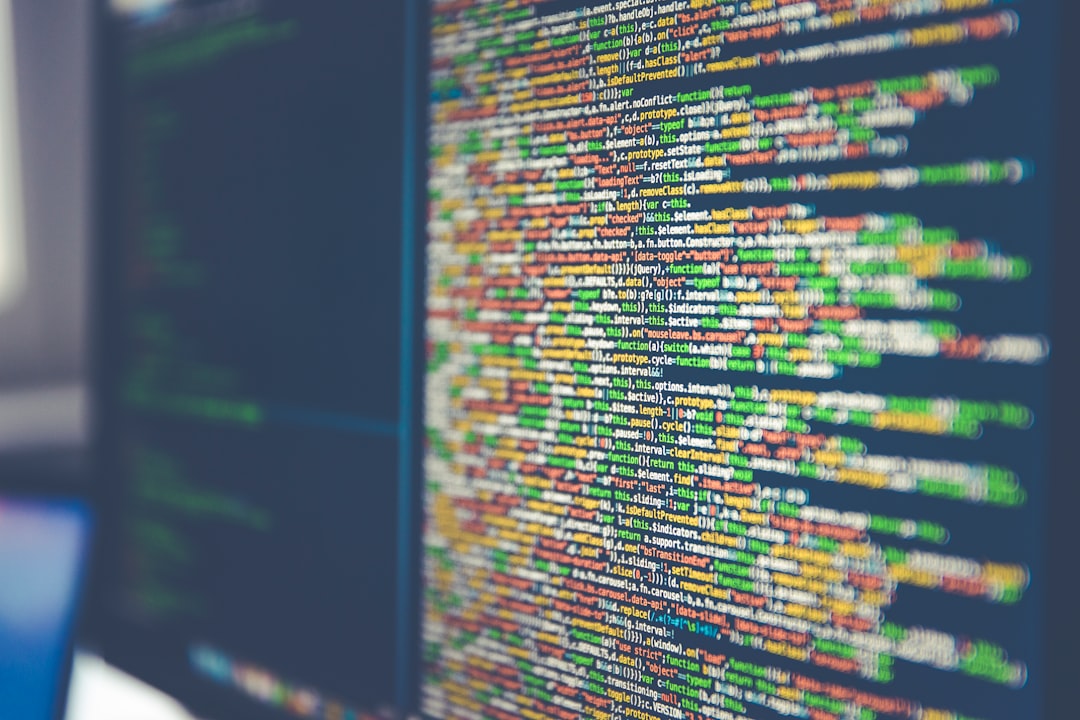What is it about?
Machine learning sensors are a new way to add smarts to devices. Today, it's hard to put machine learning into small electronics like cell phones. Machine learning sensors simplify things by making the sensor handle all the machine learning work separately from the device's main processor. The device only receives the sensor's results, not raw data such as pictures or audio recordings. Thus, ML sensors increase data privacy and security, while making it easier for system builders to integrate ML into their products as a simple component. In this article, we describe the concept of machine learning sensors, the challenges that exist with the current approach and how machine learning sensors can address them. The goal is to foster discussion about this new paradigm and move towards a future with smarter and more ethical sensors.
Featured Image

Photo by Denis on Unsplash
Why is it important?
This work is timely because embedded devices like phones and smart home gadgets are getting more advanced AI features. But it's hard to add machine learning to these devices today. This research proposes a new approach that could make it much easier. This research is important because it could enable lots of new ML applications. With this approach, developers can easily add ML to devices without expertise. It also improves privacy and accuracy compared to current methods. The key innovation is the concept of a self-contained ML sensor component. This provides the benefits of embedded ML without software complexity. The research lays out the vision and examples to spur discussion on this new paradigm. It represents an important step forward in embedded AI capabilities.
Perspectives
Machine learning sensors help solve some of the biggest problems of smart devices today. These sensors have the ability to perform intelligent functions without making it complicated to use by developers, and without compromising user data. This empowers manufacturers to make better products while also giving end-users more control over their information. In five years, machine learning will be in all manner of everyday devices, and machine learning sensors will help to ensure that our device data cannot be exploited, while also reducing the complexity of integrating machine learning capabilities within these devices.
Matthew Stewart
Harvard University
Read the Original
This page is a summary of: Machine Learning Sensors, Communications of the ACM, October 2023, ACM (Association for Computing Machinery),
DOI: 10.1145/3586991.
You can read the full text:
Resources
Machine Learning Sensors Website
Website containing resources related to ML sensors, as well as contact information to get involved in the ML sensors effort.
ML Sensors GitHub Project
GitHub repository containing work related to the machine learning sensors research effort.
Machine Learning Sensors Whitepaper
Machine learning sensors whitepaper outlining the design paradigm in greater detail.
Contributors
The following have contributed to this page










